Formula 1®
Memorable moments from the history of Formula 1 testing
Key Takeaways
- The precursor to the 2018 Formula 1 season comes with tests in Barcelona starting on 26th February.
- The teams have eight days of testing to prepare for the season opener in Australia
- Snow, sand and breakdowns: some of the strangest incidents in Formula 1 testing
The teams will be gearing up for the new Formula 1 season during eight days of testing next week. Before they vie for championship points in the first Grand Prix of the year – namely the Australian – Barcelona will be hosting two test sessions. The teams will obviously be hoping for eight trouble-free days, but the lesson of history is that they can get caught out by all manner of unpleasant surprises.
A history of Formula 1 testing: from Barcelona, through Le Castellet, to Mugello
Snow stops play
On more than one occasion, the weather has interfered with the smooth running of the tests. Rain is not such a problem; after all, it presents an opportunity to put the wet tires through their paces. But if snow starts to fall and turns the track into something more reminiscent of a cross-country ski trail, even the most agile cars have to stay in the garage.
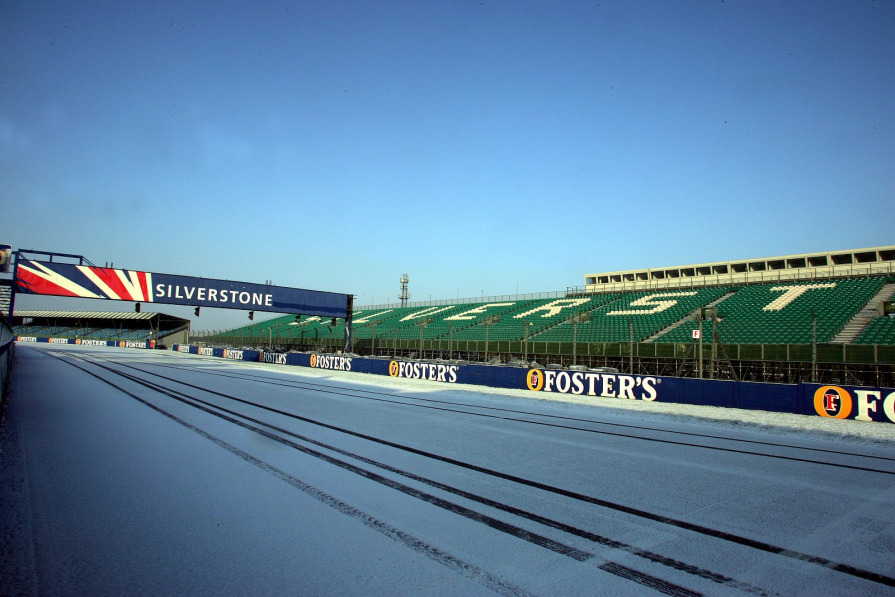
While snow in February at a chilly and wet Silverstone would not come as much of a surprise, it’s certainly not what you would expect in Barcelona. That’s what happened in 2003, and a few of the more daring drivers seemed to relish the challenge presented by the icy circuit.
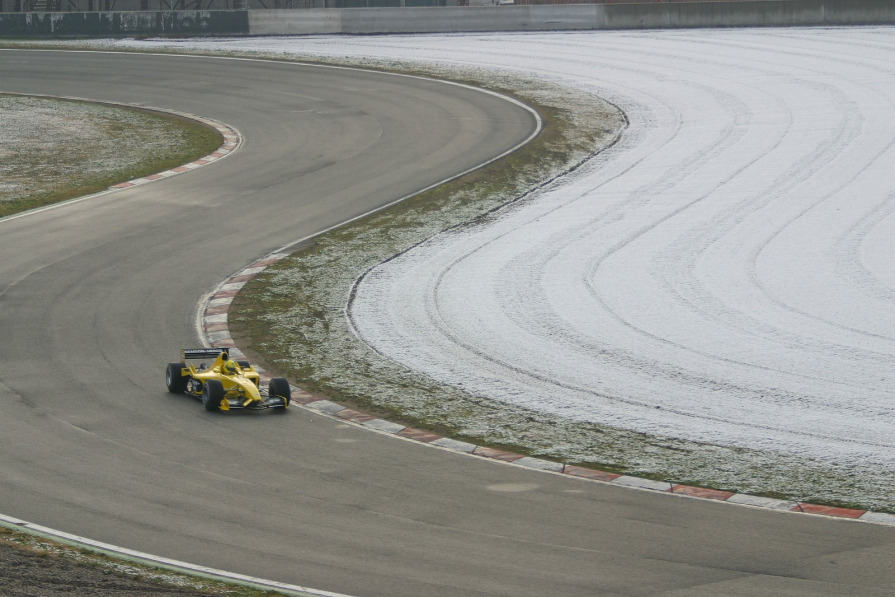
Gone with the wind
In order to avoid the wintry conditions, Formula 1 testing has more recently taken place in warmer climes. But not even in the usually sun-drenched kingdom of Bahrain has the premier class of motor racing been immune from the vagaries of the weather. In 2009, a heavy storm swept over Sakhir, which picked up huge amounts of sand from the surrounding desert and covered both the track and the pit lane with a fine-grained layer. The test program therefore had to be put on hold.
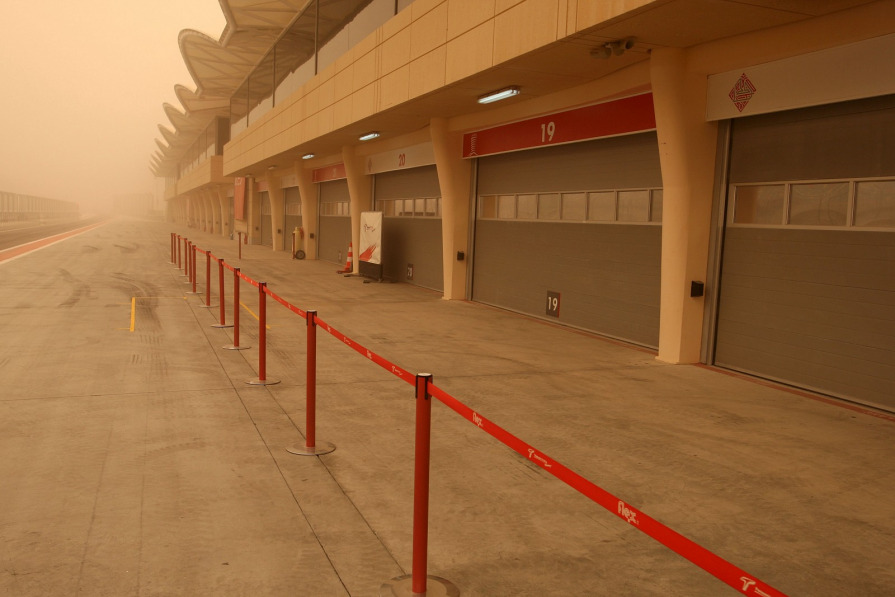
Gremlins never sleep
At a time when there were no restrictions on testing in Formula 1, technical problems were of course a nuisance, but they were not the end of the world. The situation is quite different nowadays: only eight test days are allowed before the start of the season, with four more during the course of the campaign, but the teams are also prohibited from testing new parts at any other time than on race weekends. Every test kilometer lost is therefore a major setback.
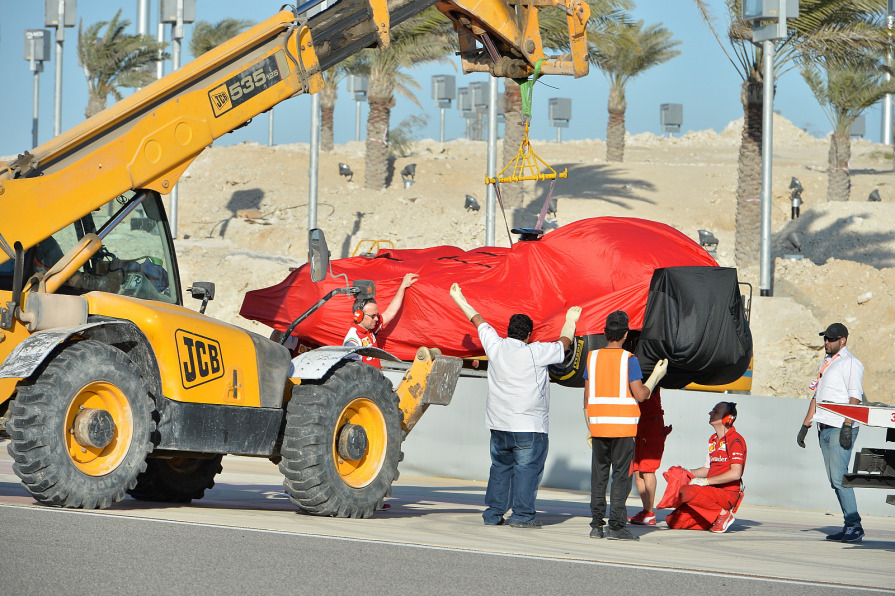
The serious consequences of technical problems during the test week can have a knock-on event for the rest of the season, as no less a person than four-time world champion Sebastian Vettel can testify. Back in 2014, while the Mercedes-powered teams were putting in lap after lap, the Renault power unit went on strike. Red Bull were unable to make up lost ground for the rest of the year and were never in contention for the championship. Vettel himself didn’t win a single race.
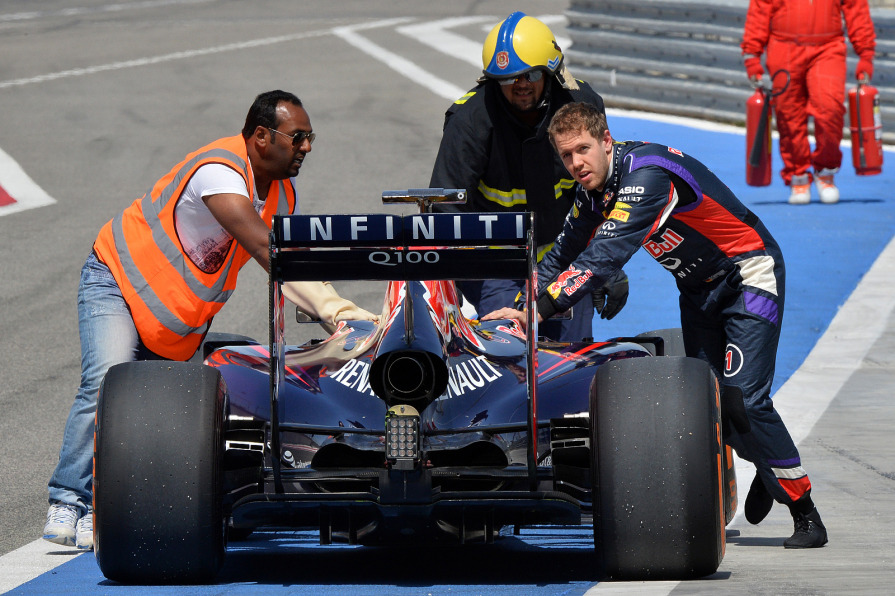
McLaren also had a bad case of the gremlins in 2015. The British team managed a total of just 380 laps over the full twelve test days, by far the lowest mileage of all teams. The insights they gained into the Honda power unit were therefore limited, and the disastrous season which they subsequently endured was predictable right from the start.
Accidents with fatal consequences
Unfortunately, some of the incidents have had much more serious consequences. Eight drivers have lost their lives in Formula 1 testing over the years, but fortunately the last fatal accident was some time ago. On 15th May 1986, Elio de Angelis died during the tests at Le Castellet. The rear wing of the Brabham driven by the Italian snapped off causing the car to flip over and burst into flames. Although the stewards were able to pull De Angelis from the wreck, there was no emergency helicopter at the track. He arrived at the hospital too late for the medical staff to save him and died from the effects of smoke inhalation.
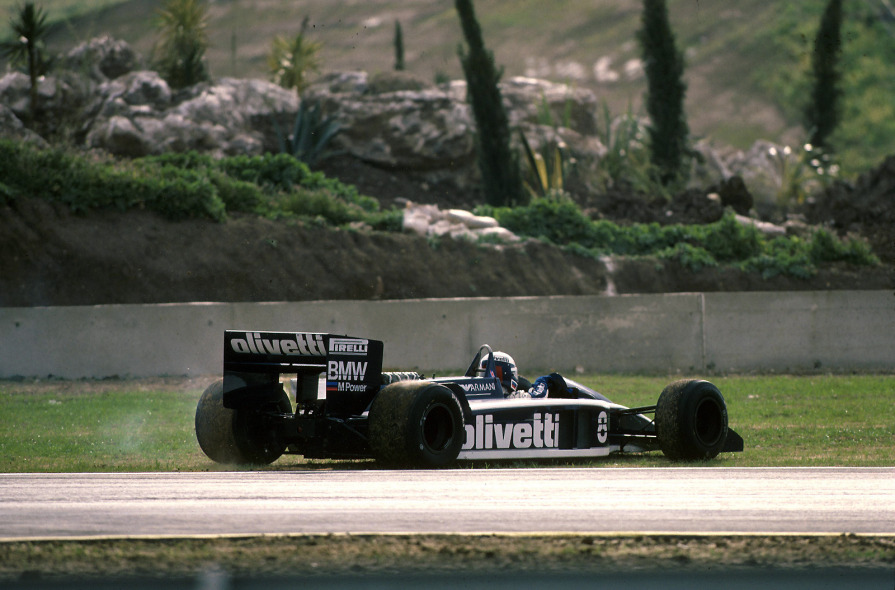
Patrick Depailler was another victim of testing. The Frenchman crashed on 1st August 1980 while negotiating the east curve of the Hockenheimring. It was never fully established why Depailler lost control of his Alfa Romeo, but it was an accident that need not have had fatal consequences. The plan was to install safety fencing on the east curve in time for the German Grand Prix scheduled to take place a few days later, but it was not in place for the test sessions.
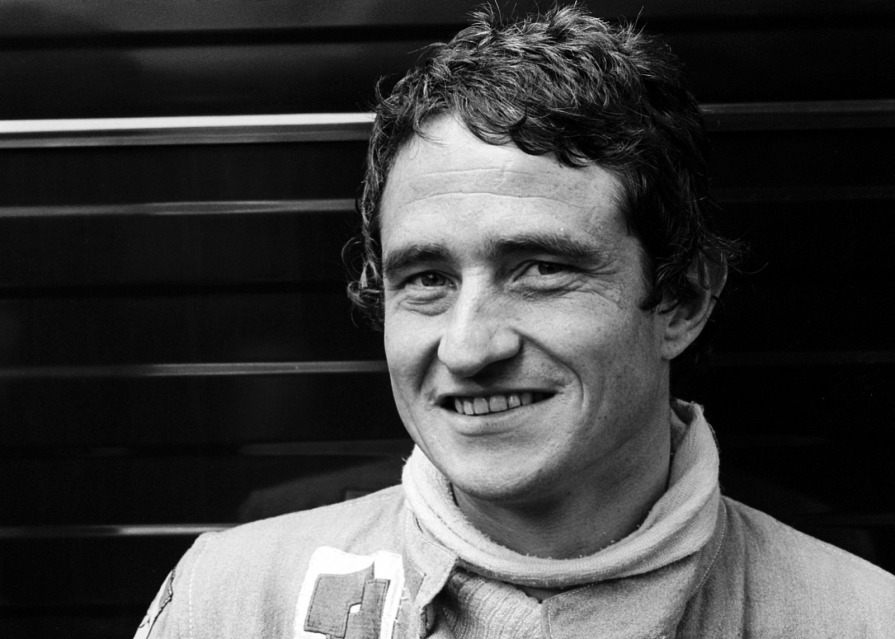


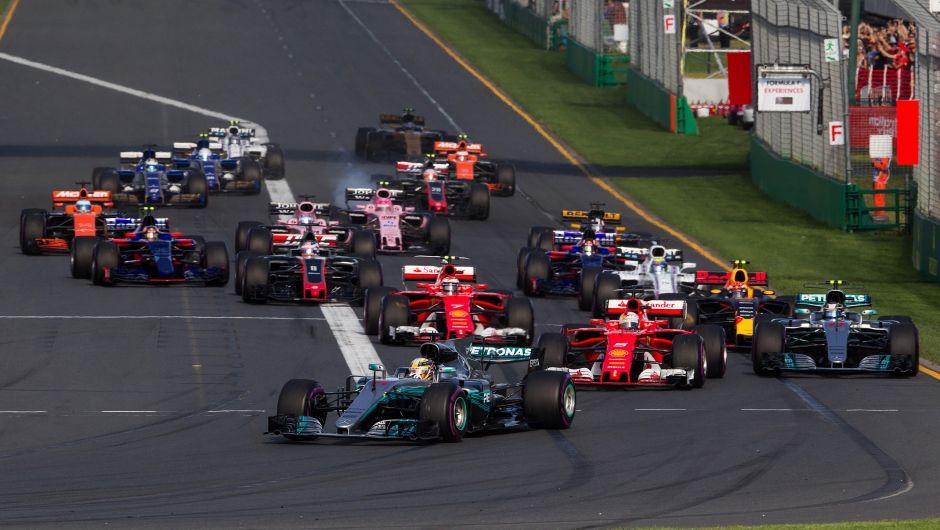

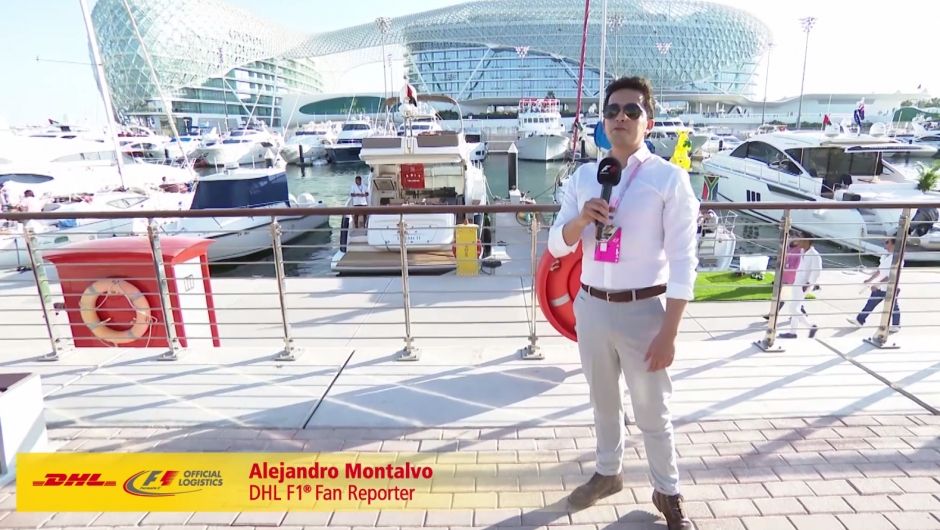
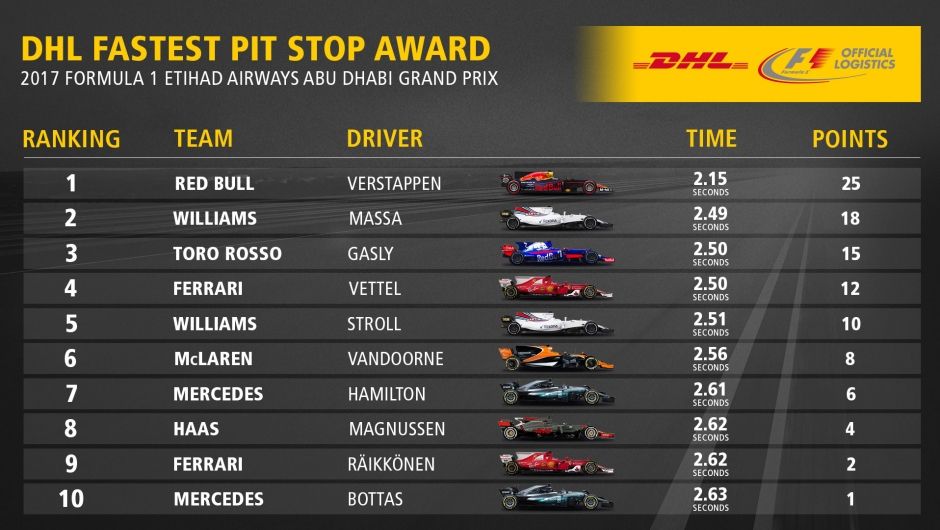
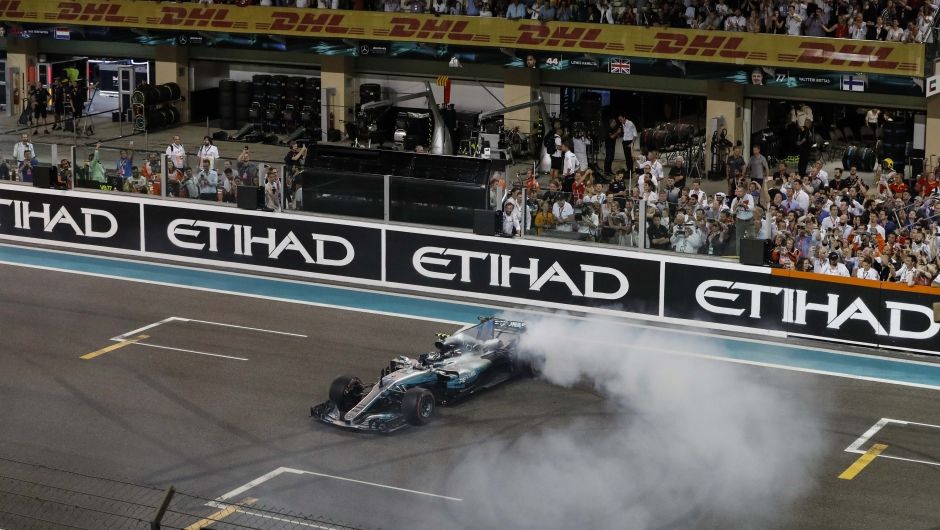
Content from disqus has been blocked because you did not allow to load it.
Loading the blocked content will adjust your privacy setting and content from this service will not be blocked in the future.
You have the right to revoke or change your decision at any time.
Posting Guidelines
All communications on Logistics of Things should be appropriate for a professional community, respecting the diverse views of individuals from different backgrounds. We will review all comments and reserve the right to terminate or restrict access to user's account and to delete any content posted through it, without notice and at our discretion, if we deem it to be overly promotional, offensive, or off topic.
All posting become property of DHL.